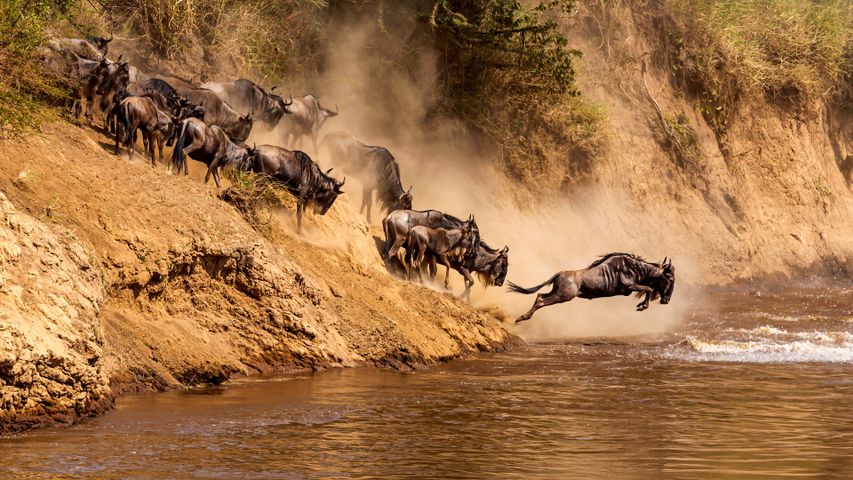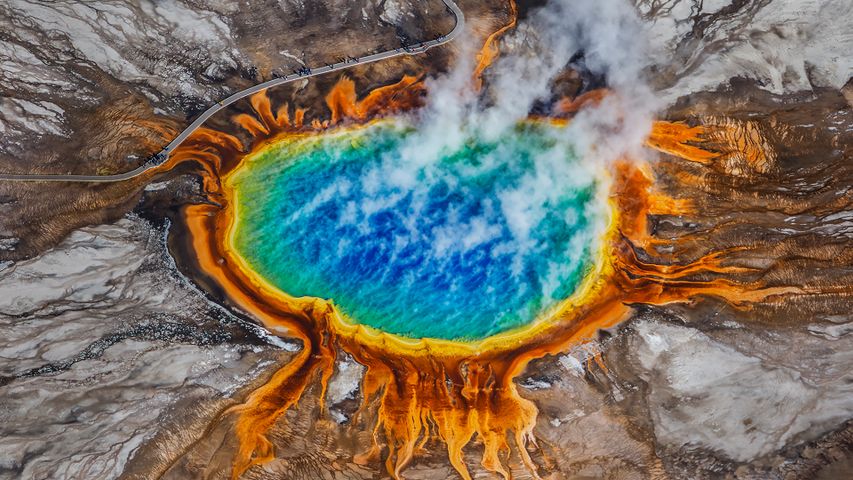Farra di Soligo in the Prosecco Hills of Veneto, Italy
© Olimpio Fantuz/Sime/eStock Phot
Autumn in the Prosecco Hills
It’s fall here in the Prosecco Hills in northeastern Italy. We’re just outside Farra di Soligo, a village about 50 kilometres northwest of Venice. This region is known for growing the glera grape used to make the white wine called prosecco. Once a humble sparkling wine, and considered a poor cousin to Champagne, prosecco now eclipses Champagne in global popularity. More than 600 million bottles of prosecco were produced in Italy in 2018, about twice the amount of Champagne.
Of those 600 million bottles produced a year, about 90 million bottles of prosecco come from the Prosecco Hills region. Like most Italian grape-growing areas, the Prosecco Hills boast a spectacular landscape. Small plots of grapes have grown on narrow grassy terraces known as ‘ciglioni’ since the 17th century. From above, the ciglioni produce a checkerboard effect with vines growing both horizontally along and vertical to the hillsides. Some plots even use the 19th-century ‘bellussera’ technique of training the grapevines to grow up along trees. This region is so distinctive, it was named a UNESCO World Heritage Site in 2019.
Related Images
Bing Today Images




 Bottle cap mural by Oscar Olivares in Guatire, Venezuela
Bottle cap mural by Oscar Olivares in Guatire, Venezuela
 Mona Vale rockpool, Sydney, Australia
Mona Vale rockpool, Sydney, Australia
 'The Spirit of Electricity' by Raoul Dufy, Museum of Modern Art, Paris, France
'The Spirit of Electricity' by Raoul Dufy, Museum of Modern Art, Paris, France
 A delta in the Venetian Lagoon, Italy
A delta in the Venetian Lagoon, Italy
 Grand Prismatic Spring, Yellowstone National Park, Wyoming, United States
Grand Prismatic Spring, Yellowstone National Park, Wyoming, United States
 Eucalyptus trees, Megalong Valley, Blue Mountains National Park, NSW, Australia
Eucalyptus trees, Megalong Valley, Blue Mountains National Park, NSW, Australia
 Desert bighorn sheep in Valley of Fire State Park, Nevada, United States
Desert bighorn sheep in Valley of Fire State Park, Nevada, United States
 Sandstone hoodoos, Bryce Canyon National Park, Utah, United States
Sandstone hoodoos, Bryce Canyon National Park, Utah, United States

